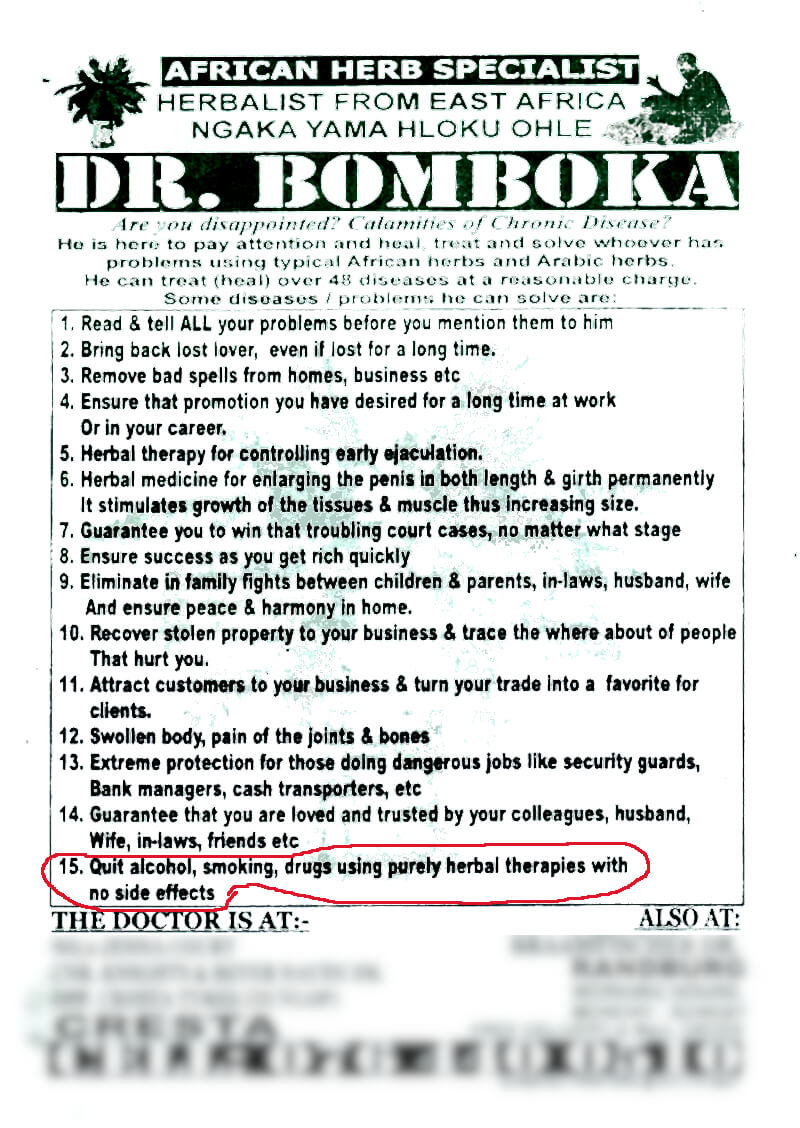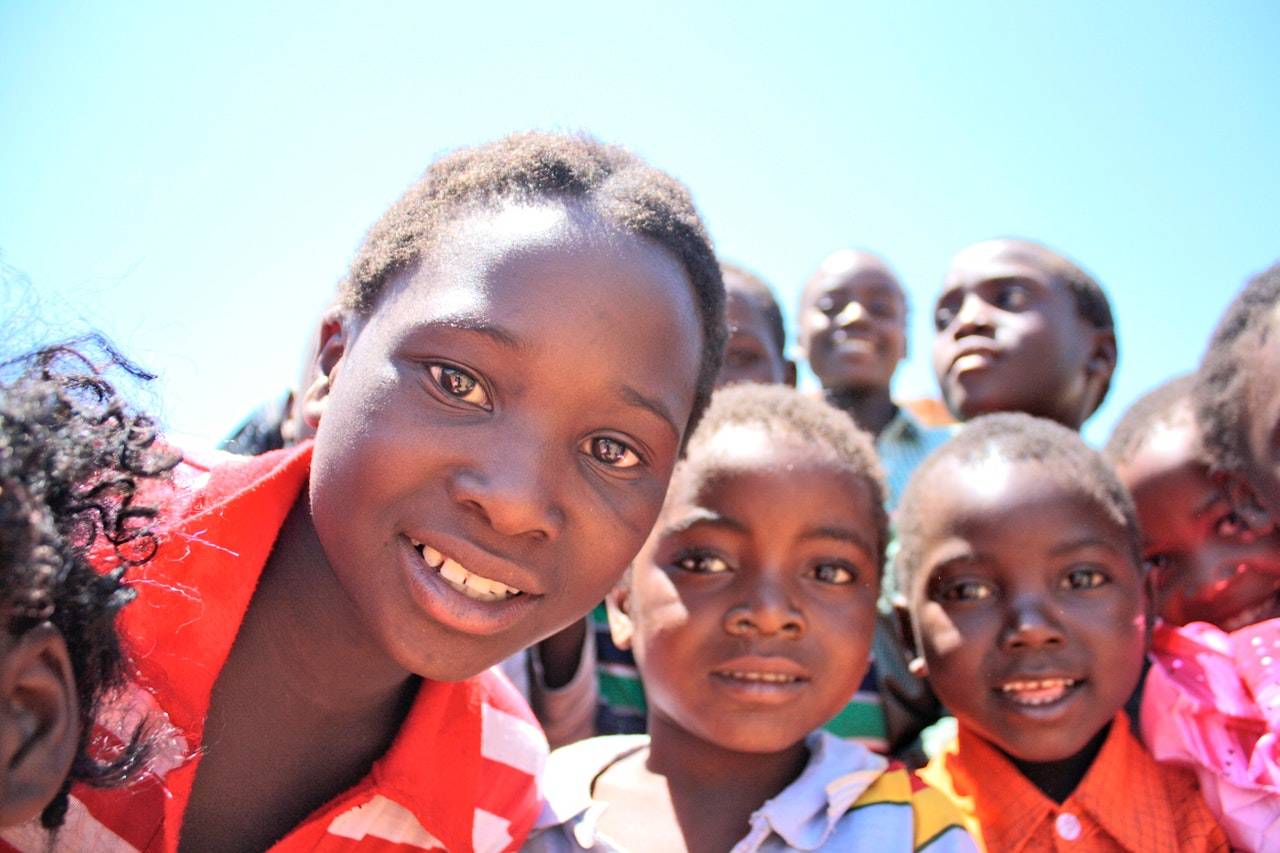With its diverse racial and ethnic groups, South Africa provides a unique context for the study of mental health and addiction. Apartheid’s legacy, as well as socioeconomic disparities, have greatly influenced the mental health landscape, resulting in distinct experiences for different racial communities. This article will investigate these racial disparities in depth, as well as their causes and consequences.
The prevalence of mental health and substance use disorders varies significantly across South Africa’s racial and ethnic groups. According to research, colored and white communities have higher rates of substance use disorders, whereas black communities have higher rates of mental health disorders such as depression and anxiety. A complex interplay of social, economic, and cultural factors influences these differences.
 Access to Mental Health Care and Addiction Services:
Access to Mental Health Care and Addiction Services:
Access to mental health and addiction services in South Africa is a significant challenge, particularly for Black and rural communities. A significant treatment gap exists due to a lack of resources, a shortage of mental health professionals, geographical barriers, and financial constraints. It has been observed, for example, that private healthcare facilities, which are primarily used by the White population, provide better mental health services than public facilities.In South Africa, the availability of mental health services is highly uneven, with a concentration of services in urban areas and the private sector. This puts a strain on public healthcare facilities and rural areas that primarily serve Black communities. Overcrowding, long wait times, and a lack of specialized services are common problems in public facilities. South Africa has a significant shortage of mental health professionals, particularly in rural areas. According to the World Health Organization, South Africa has 0.28 psychiatrists and 0.32 psychologists per 100,000 people, which is significantly lower than the global average. This scarcity exacerbates the treatment gap and restricts access to care for those who require it. Another significant impediment is financial constraints. Private healthcare facilities, which typically have more resources and provide better services, are frequently out of reach for the majority of South Africans. Treatment costs, such as consultations, medication, and transportation, can be prohibitively expensive, further widening the mental health treatment gap.
In the context of these access issues, traditional healers play an important role in South Africa’s mental health landscape, particularly in Black and rural communities. Traditional healers, also known as sangomas or inyangas, are frequently the first point of contact for people suffering from mental illnesses or addiction. They are well-respected and trusted members of the community, and they provide culturally appropriate care.
Traditional healers, on the other hand, play a complicated role. While they fill an important void, their approach may not always be consistent with traditional mental health and addiction treatment methods. Misdiagnosis and inappropriate treatment are both possible. Furthermore, a strong reliance on traditional healers may contribute to the stigma associated with professional mental health services.
Stigma in South Africa’s Black Communities:
Stigma surrounding mental health and addiction pervades all racial communities in South Africa. Cultural beliefs and perceptions of mental health, on the other hand, vary, influencing how stigma is experienced and how help is sought. Many Black communities spiritualize mental health issues, and traditional healers are the first point of contact. Apartheid restricted access to mental health and addiction services to the White population, resulting in a racialized perception of these services. The unequal distribution of resources has perpetuated the misconception that such services are primarily designed for and used by White people.
Many Black communities view mental health and addiction issues through a spiritual or moral lens rather than a medical one. Traditional healers, rather than psychiatric or rehabilitation services, are usually the first point of contact and rarely have the necessary skills to address the issues at hand. This cultural practice has the potential to exacerbate the stigma associated with professional rehabilitative services. Economic disparities exacerbate the perception that rehabilitative services are only available to white people. The cost of rehabilitation facilities can be prohibitively expensive for many people, reinforcing the perception that these services are inaccessible or irrelevant to Black communities.
Systemic inequities in the health care system contribute to the stigmatization of rehabilitation services. Public healthcare facilities, which primarily serve Black communities, frequently lack the resources to provide comprehensive mental health and addiction services, reinforcing the perception that such services are not intended for them.
Addressing this stigma necessitates a multifaceted approach. First and foremost, it is critical to improve Black communities’ access to and quality of mental health and addiction services. To make the mental health care system more culturally sensitive and relevant, cultural practices and traditional healing must be integrated. Finally, community engagement and public health education can help to de-stigmatize mental health issues and rehab services, resulting in greater acceptance and utilization of these services in Black communities.
Impact of Social Determinants:
The profound impact of social determinants on mental health and addiction rates in South Africa cannot be overstated. Socioeconomic disparities rooted in historical disadvantage and systemic inequities have a significant impact on mental health outcomes. South Africa has one of the highest levels of income inequality in the world, with Black communities suffering disproportionately. This economic disadvantage increases stress, reducing people’s ability to deal with mental health and addiction issues. Access to mental health services is also hampered by financial constraints, resulting in a significant treatment gap.
Education, or the lack thereof, is also important in mental health. Higher rates of mental health disorders and substance use are associated with lower educational attainment. Limited education can reduce health literacy, impede access to health information and services, and limit income potential, creating a virtuous circle between education, poverty, and mental health.
Poor living conditions, which are frequently characterized by overcrowding, violence, and a lack of basic services, contribute to an increase in the prevalence of mental health disorders and addiction. Such stressful environments can cause or exacerbate mental health problems, as well as provide a breeding ground for substance abuse. Alcohol and drug stores, for example, are disproportionately located in these areas, providing an easy escape mechanism while exacerbating the cycle of addiction and poverty.
South Africa’s history of apartheid and racial discrimination has resulted in collective trauma, which continues to impact the mental health of Black communities. The everyday stresses of racial and economic inequality, along with experiences of violence and crime, contribute to high levels of trauma and stress, which are risk factors for mental health and substance use disorders.
Strategies for Addressing Disparities:
In South Africa, addressing racial disparities in mental health and addiction necessitates a multifaceted approach. It is critical to increase access to mental health services, particularly in rural and disadvantaged areas. Furthermore, cultural competency training for healthcare providers can aid in the improvement of care quality. Social policies addressing poverty, education, and housing can all help to improve mental health outcomes.
The widespread belief in South African Black and Coloured communities that “Rehabs Are For White People” reflects deep-seated racial disparities in mental health and addiction services. Historical inequities, socioeconomic barriers, and cultural norms that prioritize traditional healing practices all contribute to this perception. Furthermore, the limited accessibility and perceived insignificance of formal rehab services reinforce this belief.
To address this, South Africa must improve the quality and accessibility of mental health services in underserved communities while also empowering traditional healers. Training for traditional healers and collaboration with mental health professionals could be part of this. Public health campaigns can also help to shift perceptions and reduce stigma associated with professional mental health services. Finally, a culturally sensitive, integrative approach is required to ensure that South Africa’s mental health and addiction care system is more inclusive and effective.







